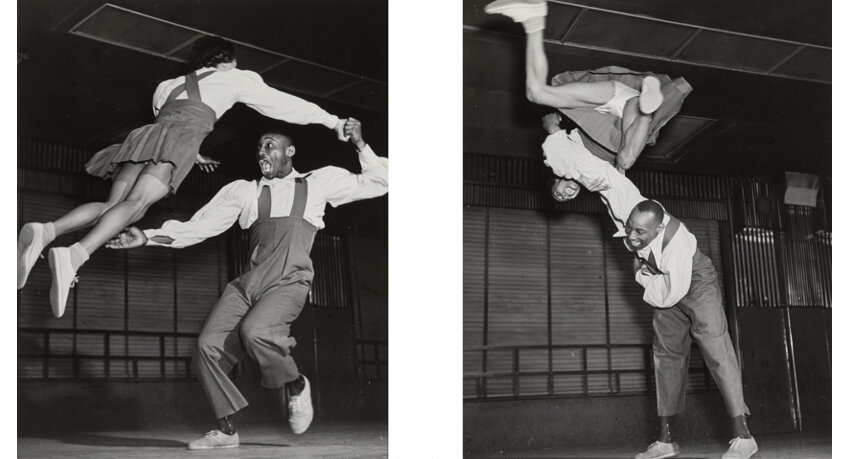"The world is a picture"
Scatti di vita e di strade
Il periodo della Grande Depressione negli Stati Uniti ha tolto e ha dato allo stesso tempo. È sempre curioso quando un fenomeno economico, sociale, e politico di una portata simile si trasforma nell'incendio che rende fertile un terreno; ecco, la Photo League poteva considerarsi uno di quei semi che attingono dalla realtà circostante e crescono assieme ad essa, tra i suoi paradossi, e i suoi ristoranti che vendono una porzione di spaghetti a 25 cents.
Quelli della Photo League inizialmente non erano in tanti. Per la maggior parte protagonisti della prima immigrazione newyorkese, avevano in una mano la macchina fotografica e nell'altra una valigia piena di voglia di cambiare il mondo; influenzati dall'ideologia socialista degli anni Trenta, focalizzavano i loro obbiettivi soprattutto sulle le strade della Grande Mela. Fu Sid Grossman, fotografo ed attivista politico, il fondatore dei leaguers, questa organizzazione di artisti che dal 1936 cominciò ad esprimersi puntando i loro obiettivi nei quartieri più poveri, nei ghetti, sui volti dei loro abitanti, sulle vetrine, riportando il vero sulla pellicola.
I leaguers -si diceva- erano personalità sopra le righe: Eugene Smith (famoso reporter di Life), Margaret Bourke White, Aaron Siskind, Paul Strand, Berenice Abbott, sono solo alcuni dei grandi nomi che hanno partecipato o collaborato al progetto, che si allargò fino a centinaia di sostenitori, prima di essere attaccato dal Maccartismo nel 1947 e inserito nella lista nera delle organizzazioni. Considerato sovversivo, comunista e militante, il gruppo implose nel 1951, e gli artisti abbandonarono il movimento (alcuni in seguito a problemi con la legge e l'FBI).
La Photo League, documentando le strade newyorkesi, non dimenticò di scattare la vita ad Harlem, il quartiere esclusivamente nero, culla del lindy hop e dei locali che hanno visto nascere questa danza e l'integrazione attraverso il ballo. Navigando sul web alla ricerca di notizie sul mondo dello swing scopriamo spesso fotografie che testimoniano il fervore dei club e delle sale da ballo dell'epoca, ma quasi mai ci si chiede chi fosse dietro quella lente e perché. Grazie a fotografi del calibro di Cornell Capa, che tenne diverse lezioni della League, oggi rivediamo le espressioni dei ballerini, gli interni dei locali, ma anche la società etnicamente suddivisa nella grande e difficile New York di quell'era. Lo stesso Aaran Siskind si concentrò sul quartiere nero della metropoli, fino a pubblicare una raccolta di scatti interamente dedicati nell'"Harlem Document, photographs 1932-1940", dove l'umanità è delicatamente ritratta nel quotidiano di un reportage più sensibile che informativo. Ecco perché oggi condividiamo con voi questa storia e le immagini che seguono.
Come diceva Grossman "the world is a picture": l'arte che riprende l'arte, la realtà, la storia, i volti che hanno visto quello che conosciamo oggi e che ci appassiona.
The wolrd is a picture - Portraits of life and streets
The period of the Great Depression in the United States gave and took at the same time. It is always curious when an economic, social, and political phenomenon of a similar magnitude turns into the fire that makes land fertile; here, the Photo League could be considered one of those seeds that draw from the surrounding reality and grow together with it, among its paradoxes, and its restaurants selling a portion of spaghetti for 25 cents.
Initially the Photo League only counted a few participants. For the most part these were the protagonists of the first New York immigration, they carried a camera in one hand and a suitcase full of desire to change the world in the other; influenced by the socialist ideology of the 1930s, they turned their lenses above all on the streets of the Big Apple. It was Sid Grossman, photographer and political activist, the founder of the leaguers, this organization of artists who from 1936 began to express themselves by turning their lenses to the poorest neighborhoods, in ghettos, to the faces of those living there, to shop windows, capturing the truth on a film .
The leaguers – it was said – were over the top personalities: Eugene Smith (famous Life reporter), Margaret Bourke White, Aaron Siskind, Paul Strand, Berenice Abbott, are just some of the big names who have participated or collaborated in the project, which expanded to hundreds of supporters, before being attacked by McCarthyism in 1947 and blacklisted by organizations. Considered subversive, communist and militant, the group imploded in 1951, and the artists left the movement (some also with problems with the law and the FBI).
The Photo League, documenting the streets of New York, did not forget to shoot life in Harlem, the exclusively black neighborhood, the cradle of lindy hop and the clubs that saw the birth of this dance and integration through dance. Browsing the web in search of news on the world of swing we often discover photographs that testify to the fervor of the clubs and dance halls of the time, but we hardly ever wonder who was behind that lens and why. Thanks to photographers of the caliber of Cornell Capa, who gave several lessons in the League, today we see the expressions of the dancers, the interiors of the clubs, but also the ethnically divided society in the great and difficult New York of that era. Aaran Siskind himself focused on the black neighborhood of the metropolis, to the point of publishing a collection of entirely dedicated shots in the “Harlem Document, photographs 1932-1940“, where humanity is delicately portrayed in everyday life in a more sensitive than informative reportage. That’s why we share this story and the following images with you today.
As Grossman said “the world is a picture“: art that takes up art, reality, history, the faces that have seen what we know today and of which we are passionate about.
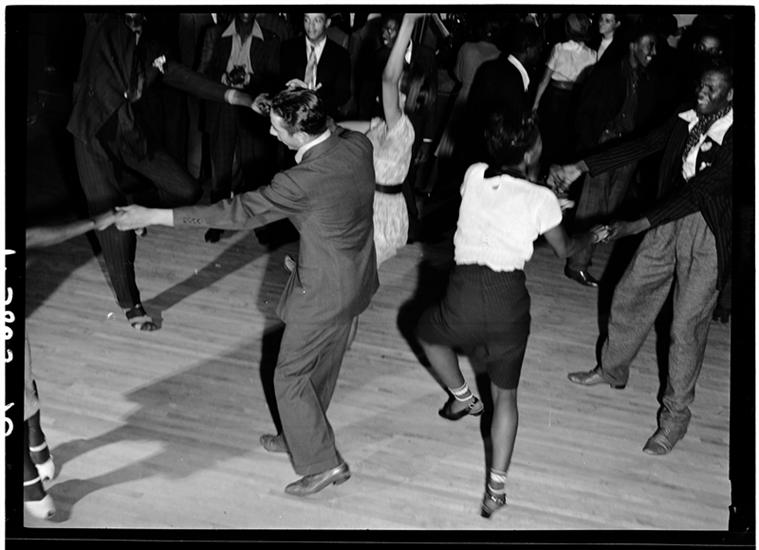
Sid Grossman, Jitterbugging in Harlem
Berenice Abbott, Harlem Street, 1938
Aaron Siskind, Savoy Dancers, 1936
Eugene Smith, Ann Johnson and Frankie Manning dancing, 1941
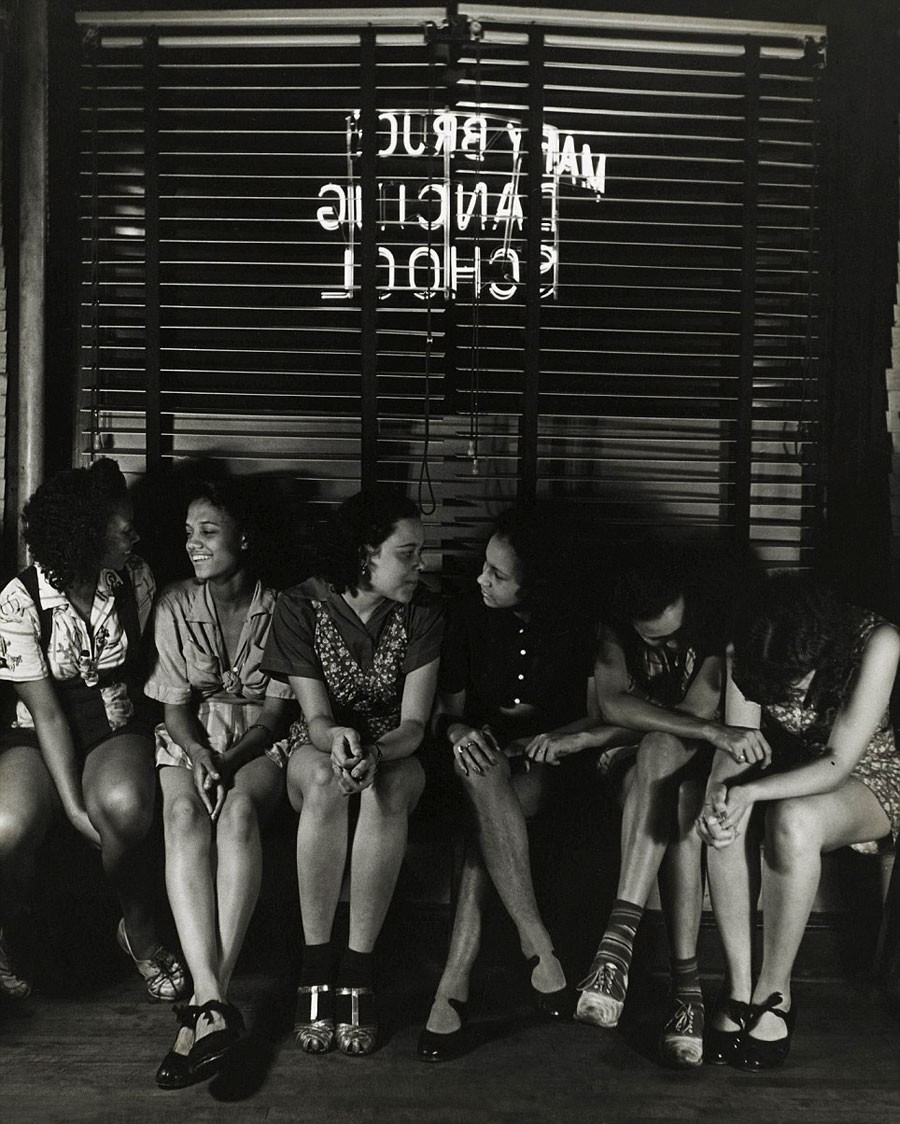
Sol Prom, Dancing School, 1938

Sid Grossman, Dancing Jitterbug, 1939
Morris Engel, Harlem Merchant, 1937
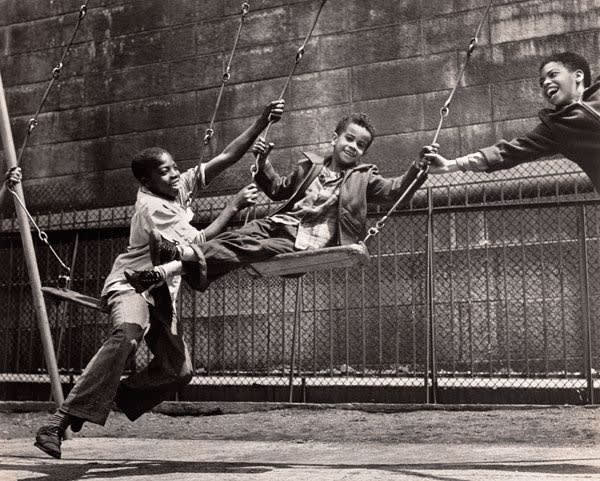
Walter Rosenblum, Three Boys On Swings, 1938
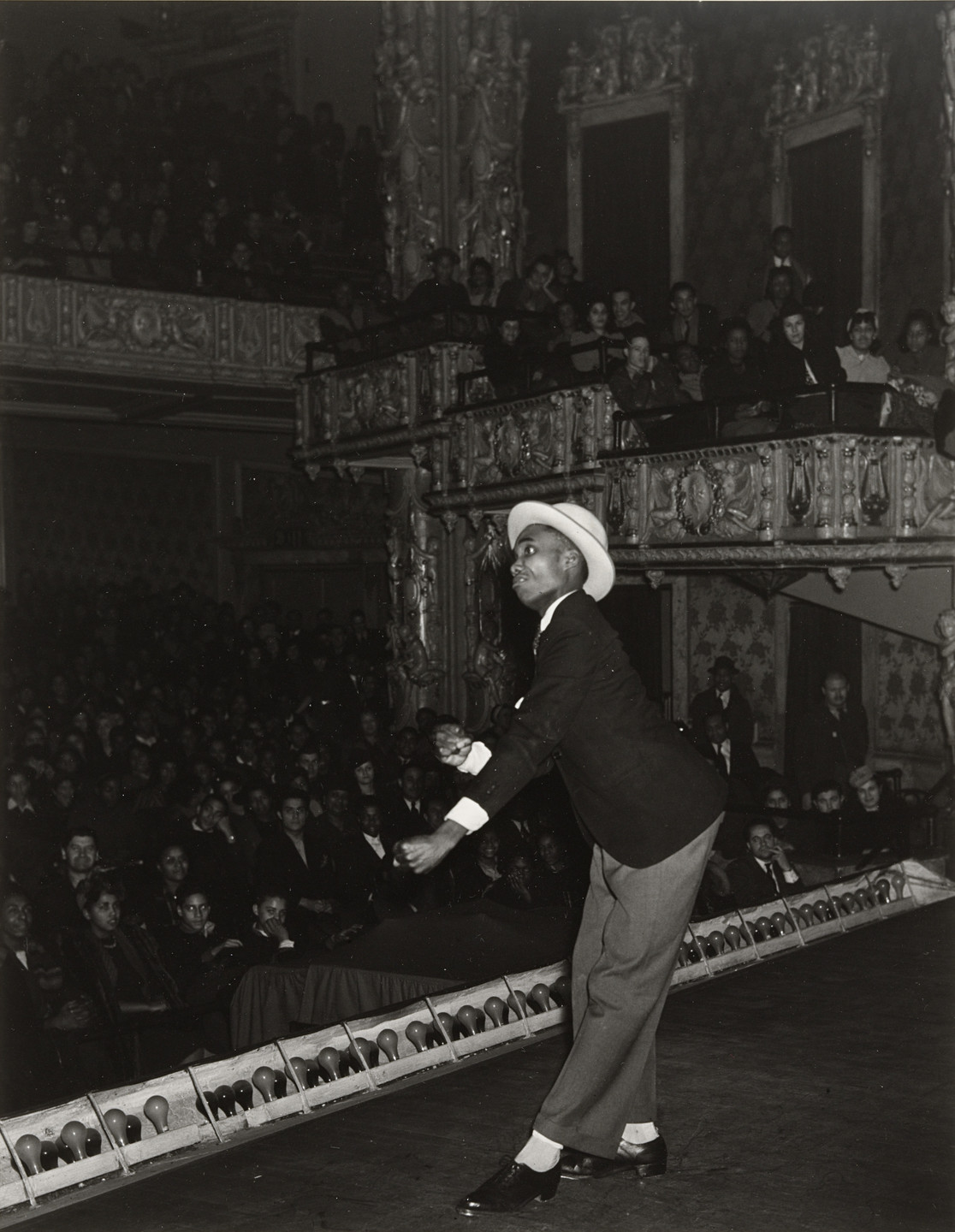
Aaron, Siskind, Apollo Theater, 1937
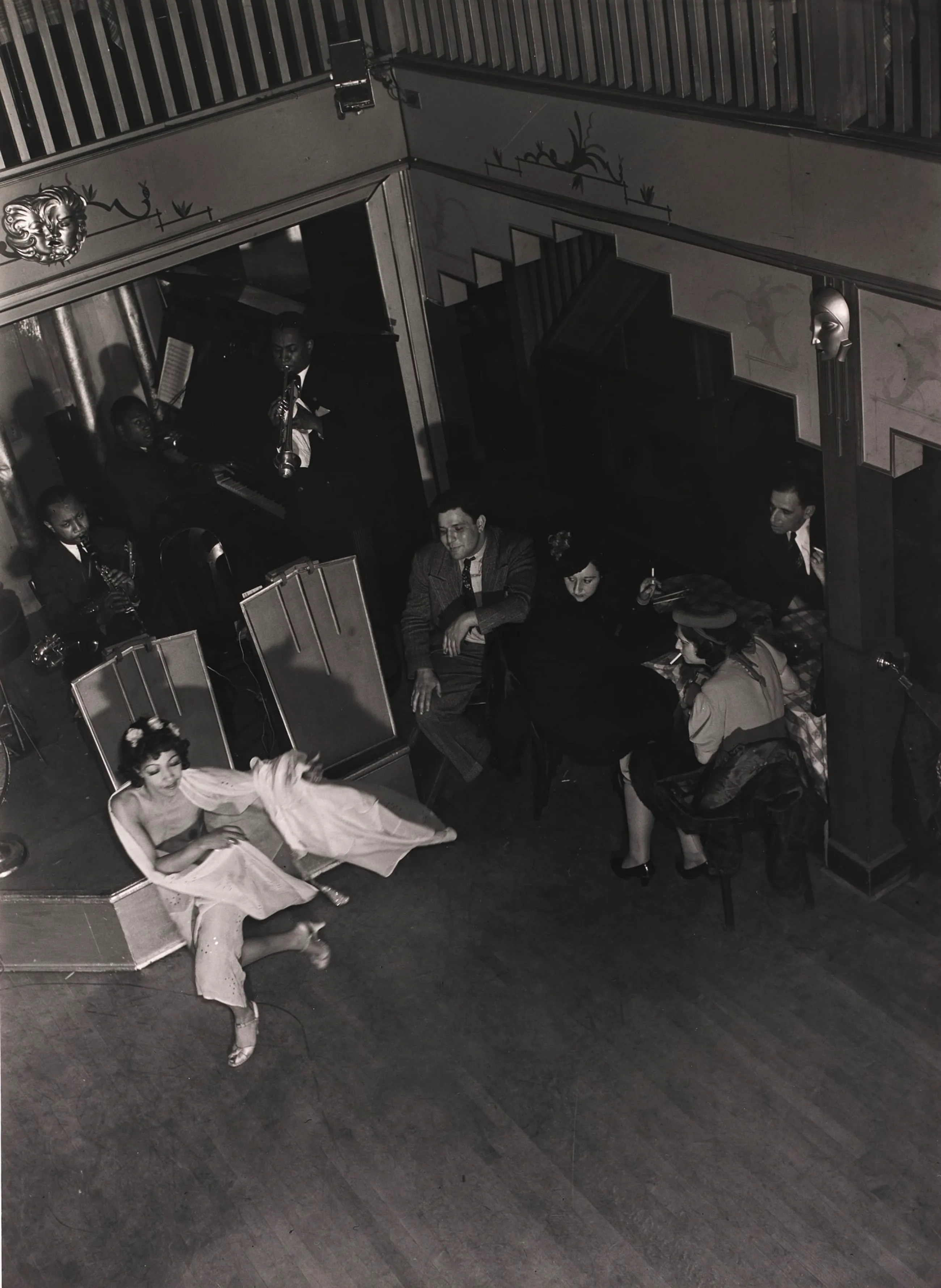
Aaron Siskind, Harlem Nightclub Stripper
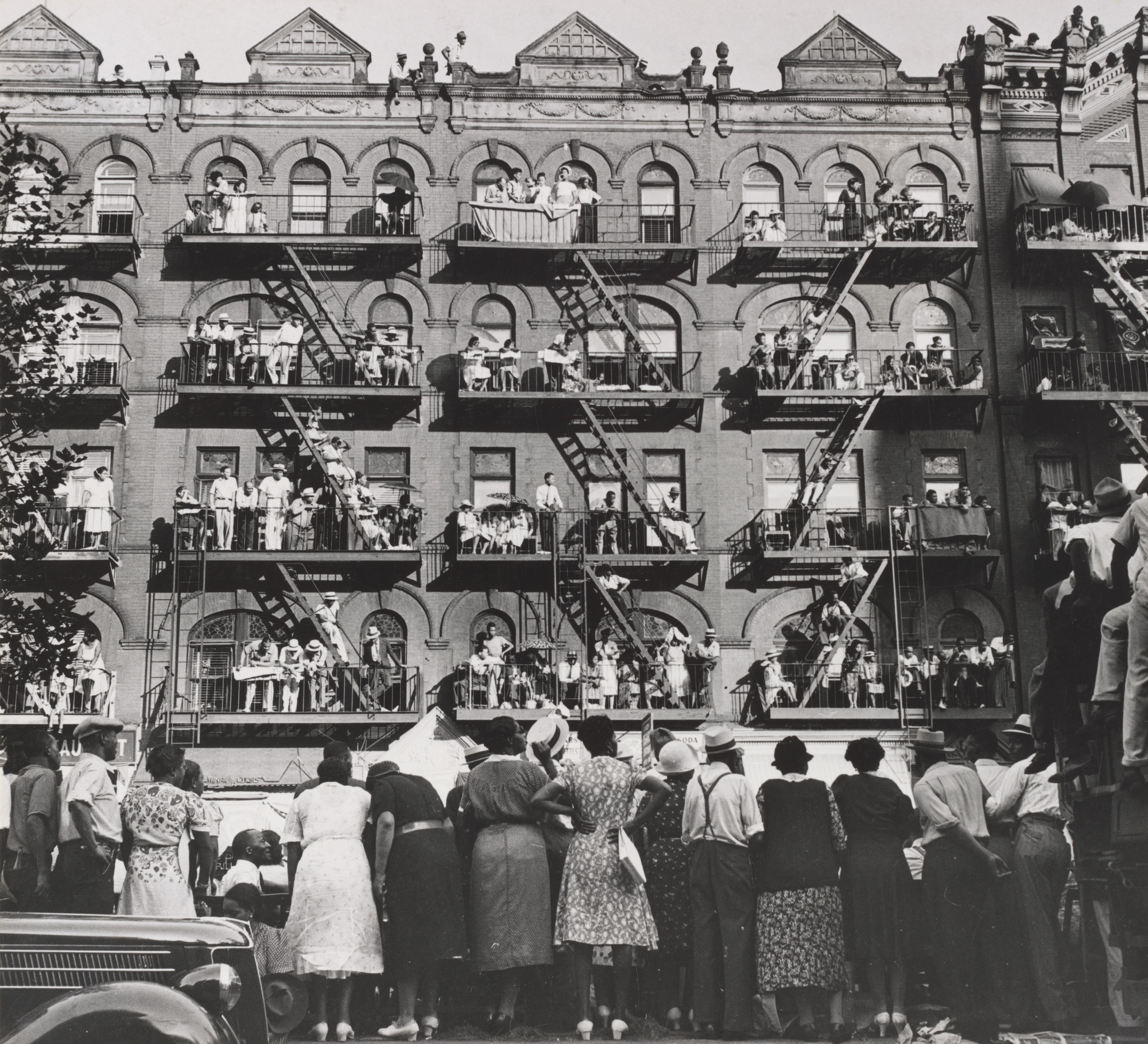
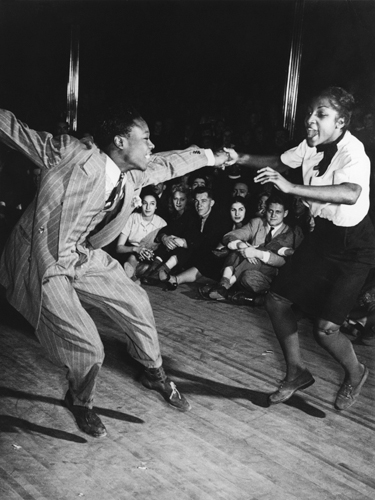
Cornell Capa, Savoy Ballroom
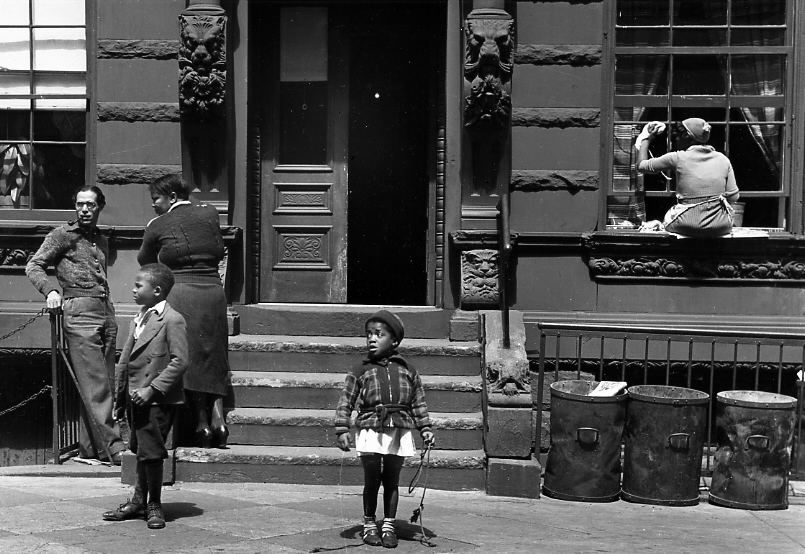
Jack Manning, Woman Cleaning Window, 1937

Eliot Elisofon, Zack Brown shooting two men on the boulevard with Harlem style in Harlem, 1937
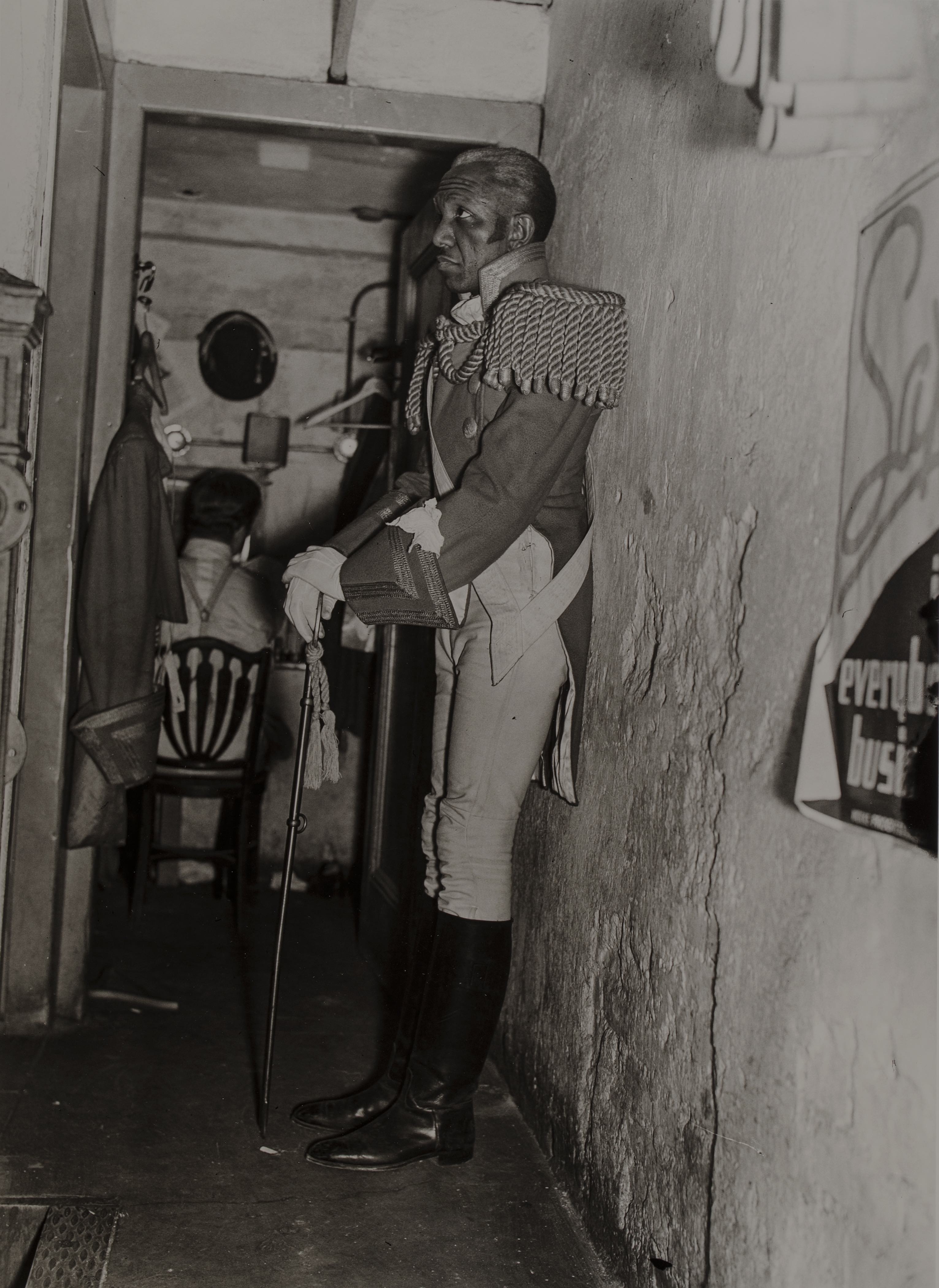
Aaron Siskind, Harlem Lafayette Theater

Aaron Siskind, Harlmen Document
Samanta (Fosca)
altri articoli...
|
mercoledì 1 settembre SONGS YOU NEED TO THINK ABOUT Una riflessione sociale |
|
lunedì 23 novembre TRA SOGNO E REALTÀ La storia di Swing Dance Society |
|
lunedì 23 novembre "MA IO BALLO GIÀ DA DUE ANNI!" (e voglio continuare a farlo...) |
|
venerdì 18 settembre OCCHIALI FANTASTICI e dove trovarli... |
|
venerdì 18 settembre ON THE SUNNY SIDE Cose lindy-divertenti per alzare l'umore |
|
venerdì 18 settembre SWING SU TELA Ballo, musica e arti visive |
|
venerdì 18 settembre "JAZZ, BLUES, COOL" Il significato nascosto delle parole nella musica swing e blues |
|
venerdì 18 settembre THE BIG APPLE DANCE Storia di una "Grande Mela" |
|
venerdì 18 settembre MUSICA MAESTRA! Talenti al femminile |
|
martedì 30 giugno HALLOWEEN, VINILI E CINEPRESE... ...e spaventosi consigli musicali |
|
martedì 30 giugno NO COLOR LINE IN THE MUSIC John Hammond |
|
martedì 30 giugno FRANKIE 105 Un mese di Frankie Manning |
|
martedì 30 giugno LA MISSIONE DEL JAZZ I Ghetto Swingers e la musica degenerata |
|
martedì 2 giugno "THE WORLD IS A PICTURE" Scatti di vita e di strade |
|
martedì 21 aprile METTIAMOLI IN PIEGA! Come acconciare i capelli in stile '40s |
|
mercoledì 11 ottobre ONCE UPON A TIME IT WAS THE BLUES Breve storia del blues e altro |
|
domenica 2 luglio LET'S GO TO SWIM! Com'erano i costumi da bagno |
|
mercoledì 31 maggio BYE BYE JACK AND JILL Vogliamo ancora chiamarlo così? |
|
giovedì 18 maggio I AM A FOLLOWER! Seguire, ma non solo |
|
mercoledì 16 novembre WE'RE FLYING JUST LIKE LINDY DID! Perché “Lindy Hop”? |


